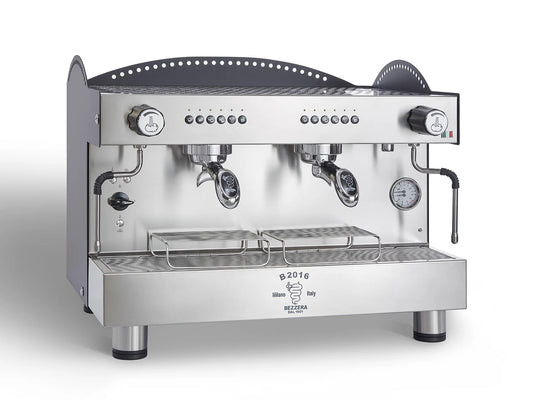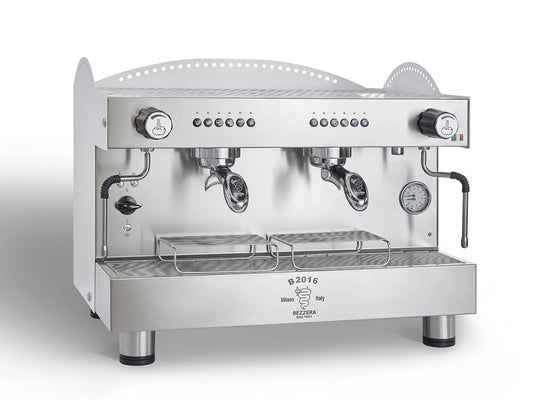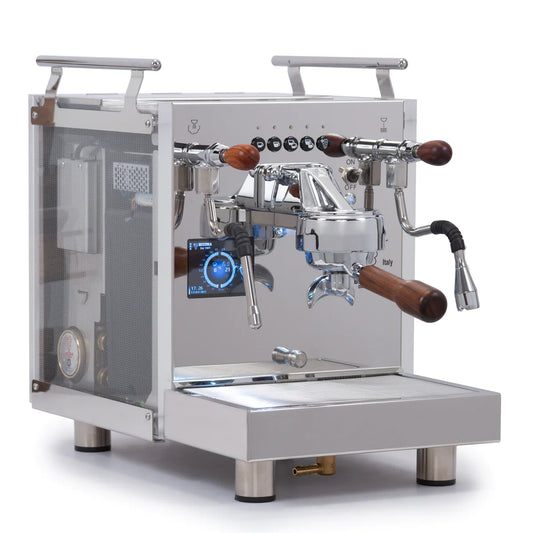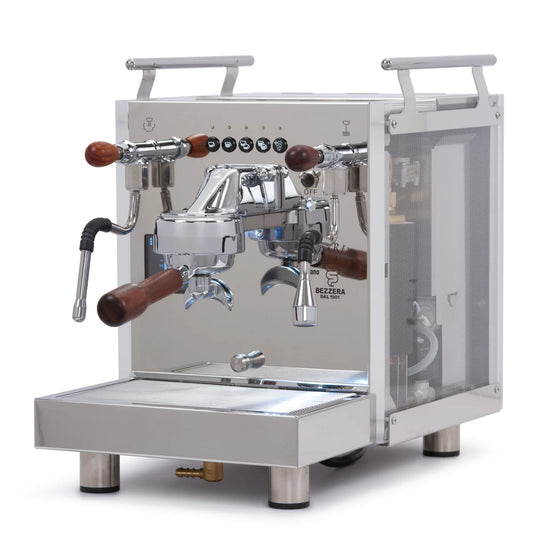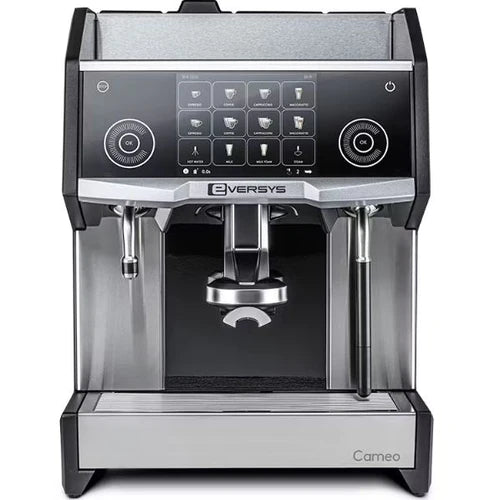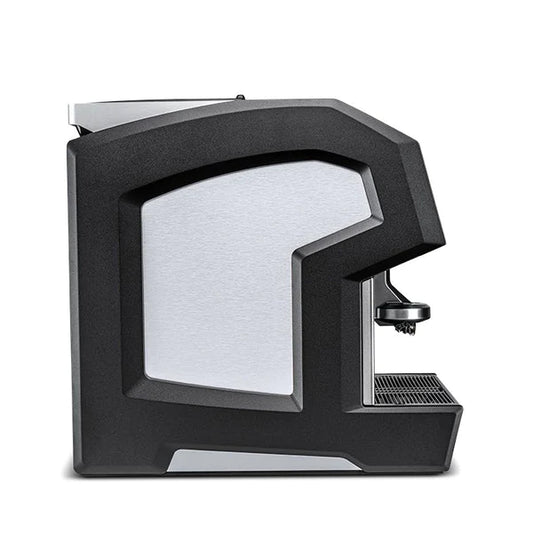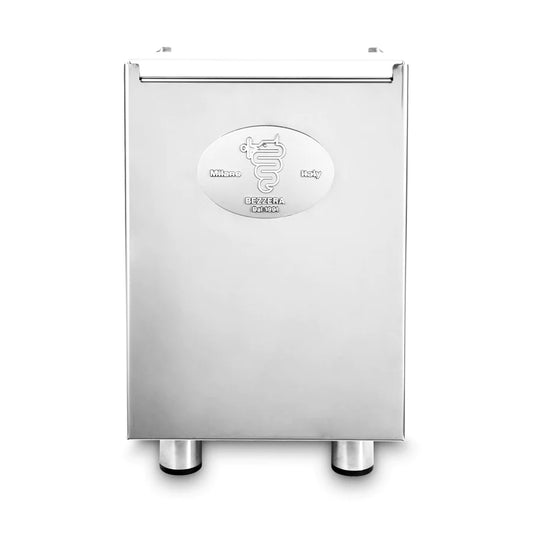Mastering Your Morning Brew: Fix Common Coffee Issues for a Café-Quality Cup
Table of Contents
- Key Highlights:
- Introduction
- The Importance of Fresh Coffee Beans
- Grind Size: The Gateway to Flavor
- Water Quality: The Often Overlooked Ingredient
- Perfecting Your Coffee-to-Water Ratios
- The Science of Brewing Temperature
- Extraction Time: Balancing Flavors
- Clean Equipment: The Unsung Hero
- Refining Your Brewing Technique
- Brew Better Coffee Starting Tomorrow
Key Highlights:
- Freshness Matters: The flavor of coffee deteriorates rapidly after roasting; always check the roast date.
- Grind Size Affects Flavor: Incorrect grind size can lead to over or under-extraction, drastically changing the taste.
- Water Quality and Proportions: The right water and accurate coffee-to-water ratios are essential for a balanced brew.
Introduction
For many, the morning ritual of brewing coffee is sacred, a comforting routine that sets the tone for the day ahead. Yet, time and again, coffee enthusiasts grapple with disappointing brews that fall short of the rich, flavorful experience offered by their favorite café. The bitter, weak, or even sour taste that lingers in their cups often leaves them questioning their methods and equipment. Understanding and refining the coffee-making process can elevate that experience dramatically. This article delves into the common pitfalls of home brewing, offering actionable insights to transform lackluster coffee into a stirring delight that energizes your mornings.
The Importance of Fresh Coffee Beans
One of the fundamental truths of great coffee is that freshness is key. Coffee beans lose their vibrant flavor as they age, typically peaking within two to four weeks post-roasting. Unfortunately, many consumers remain unaware of the vital difference that fresh beans can make, often treating their coffee like any other shelf-stable product.
Stale beans result in flat, uninspired brews. To ascertain the freshness of your beans, always look for the roast date on the packaging. If a roast date is absent, it should raise immediate concern. Pre-ground coffee, often found on supermarket shelves, degrades even more rapidly because of exposure to oxygen, losing its character mere hours after grinding.
How to Ensure Freshness
To guarantee a remarkable cup, seek whole beans from local roasters or specialty coffee shops that clearly indicate roast dates. Upon purchasing, store the beans in an airtight container, shielded from light, heat, and moisture to maintain their integrity. Avoid using your freezer unless you plan to store your coffee for over a month, as fluctuating temperatures can harm the beans' flavor profiles.
Grind Size: The Gateway to Flavor
Grind size plays a crucial role in the extraction process, determining whether your coffee tastes balanced or off. The fine line between over-extraction, which produces bitterness, and under-extraction, which leads to sourness, hinges on this element. Espresso requires fine grinds, drip coffee benefits from medium, while French press calls for coarse grounds.
Many home brewers rely on blade grinders, which create uneven particle sizes, complicating the brewing process further. The inconsistency results in a blend of over and under-extracted flavors in a single cup.
Achieving the Perfect Grind
Investing in a burr grinder can significantly elevate your brewing experience by providing consistent particle sizes. Match your grind to your brewing method, adjusting your grind size based on the flavor outcomes. For instance, if your coffee tastes sour, try a finer grind; conversely, if it’s too bitter, opt for a coarser grind. For optimal flavor freshness, grind your beans right before brewing.
Water Quality: The Often Overlooked Ingredient
Water constitutes approximately 98% of your coffee, and its quality profoundly impacts flavor. Hard water, saturated with minerals, can dull the taste, while overly soft water might impart metallic notes. Additionally, chlorinated tap water can mask the subtle flavors of quality coffee.
Selecting the Best Water
To enhance your brewing, utilize filtered or bottled water that boasts balanced mineral content. Stay away from distilled water, which does not contain the minerals necessary for optimal extraction. For those serious about their coffee, employing a water testing kit helps fine-tune mineral levels for a more consistent brew.
Perfecting Your Coffee-to-Water Ratios
Eyeballing coffee measurements can lead to inconsistent results. A weak brew often stems from using too little coffee, while overloading coffee can lead to a bitter taste. The ideal coffee-to-water ratio, known as the Golden Ratio, typically sits around 1:15 to 1:17, though personal preference and brewing method may dictate adjustments.
Measuring with Precision
Utilizing a digital scale can eliminate guesswork and enhance repeatability in your coffee making. Start with a common ratio — for instance, 25 grams of coffee to 400 grams of water at a 1:16 ratio — and fine-tune based on your taste preference. Keeping a brewing journal can help track your adjustments and establish a consistent method that works for you.
The Science of Brewing Temperature
The brewing temperature fundamentally dictates the speed of extraction and influences which compounds dissolve from the coffee grounds. Utilizing boiling water (212°F) can scorch the coffee, resulting in bitter flavors. Conversely, cool water (below 195°F) leads to under-extraction, producing sour, weak coffee.
Maintaining Optimal Brewing Temperature
Achieving the ideal brewing temperature between 195°F and 205°F is fundamental to crafting a quality cup. Many automatic coffee makers fail to meet this range, which explains why home coffee often disappoints compared to what you enjoy from baristas. A thermometer or temperature-controlled kettle can immensely help. Alternatively, heat water to a boil and then let it sit for 30 seconds, which typically lowers the temperature to the desired range.
Extraction Time: Balancing Flavors
Different coffee brewing methods require varying extraction times, directly affecting flavor. Under-extraction pulls acidic compounds first, leading to thin, sour coffee, while over-extraction draws out bitter compounds long after the flavorful ones have dissolved.
Timing Your Brew
Understanding the ideal brewing time for each method is key. Espresso is typically extracted in 25-30 seconds, pour-over takes about 4-6 minutes, while a French press requires roughly four minutes of steeping. Pay attention to the taste of your coffee; if it’s sour, consider increasing extraction time or opting for finer grounds. If the taste leans too bitter, decrease extraction time or use coarser grounds.
Clean Equipment: The Unsung Hero
The cleanliness of your brewing equipment is another essential aspect often overlooked. Rancid coffee oils and mineral deposits can severely affect the flavor, overshadowing even the freshest beans. Many coffee makers and grinders remain neglected, accumulating residues over time that negatively impact taste.
Establishing a Cleaning Routine
Commit to cleaning your equipment weekly. Running a vinegar solution through your coffee maker every month aids in eliminating buildup. For manual brewing devices, hot soapy water should suffice after each use. To clean your grinder, run rice through it monthly to absorb oils and clear residue.
Refining Your Brewing Technique
In the quest for coffee perfection, technique matters. Even the highest quality beans, proper grind size, and pure water can be undermined by incorrect brewing methods. Uneven pouring techniques during manual brewing lead to uneven extraction, while leaving coffee on hot plates results in burnt coffee. Additionally, using unclean filters may introduce undesirable flavors.
Mastering Brewing Techniques
Learning proper techniques pertinent to your brewing method can greatly enhance your cup. For instance, pre-wetting paper filters to eliminate papery tastes, pouring slowly and evenly for manual methods, and removing coffee promptly from heat sources immediately after brewing can rectify many common mistakes.
Brew Better Coffee Starting Tomorrow
Improving your coffee does not necessitate expensive equipment or expertise; it merely demands attention to detail and a willingness to learn. Concentrate on one variable at a time when troubleshooting your brew. If you find your coffee sour, try adjusting the grind size or extraction time before altering your bean-to-water ratio. Keep notes on what resonates with your taste, creating a reliable brewing system over time.
Your morning cup of coffee should serve as a source of joy, energy, and inspiration. By addressing these common issues and implementing sound practices, you can transform your brewing routine into an experience worth waking up for, delivering delightful, café-quality results right from your kitchen.
FAQ
How do I know if my coffee beans are fresh?
Always check the roast date on the packaging. Fresh beans have the peak flavor for two to four weeks post-roasting.
What grind size should I use?
The grind size you choose should correspond to your brewing method: fine for espresso, medium for drip coffee, and coarse for French press.
Does water quality really affect coffee flavor?
Yes, water significantly impacts coffee’s taste, as it comprises the majority of your cup. Use filtered water to avoid off-tastes caused by minerals or chemicals found in tap water.
How can I ensure accurate coffee-to-water ratios?
Utilize a digital scale for measuring your coffee and water. A common starting ratio is 1:16, adjusting according to taste preferences.
What’s the ideal brewing temperature for coffee?
The optimal brewing temperature falls between 195°F and 205°F. Use a thermometer or let the water sit for 30 seconds after boiling to reach this range.
How frequently should I clean my coffee equipment?
Aim to clean your coffee brewing equipment weekly. Monthly thorough cleans with vinegar for machines and running rice through grinders can greatly enhance coffee quality.

